I suppose I could collect these in a ‘Week in Review’ post, but some of them are worth a touch bit more discussion, thus, here we are. This is like the potpourri of Garmin news and tidbits from the last week or so, mostly more quirky and/or geeky news items than not.
Garmin Imports Competitor Scuba Logs
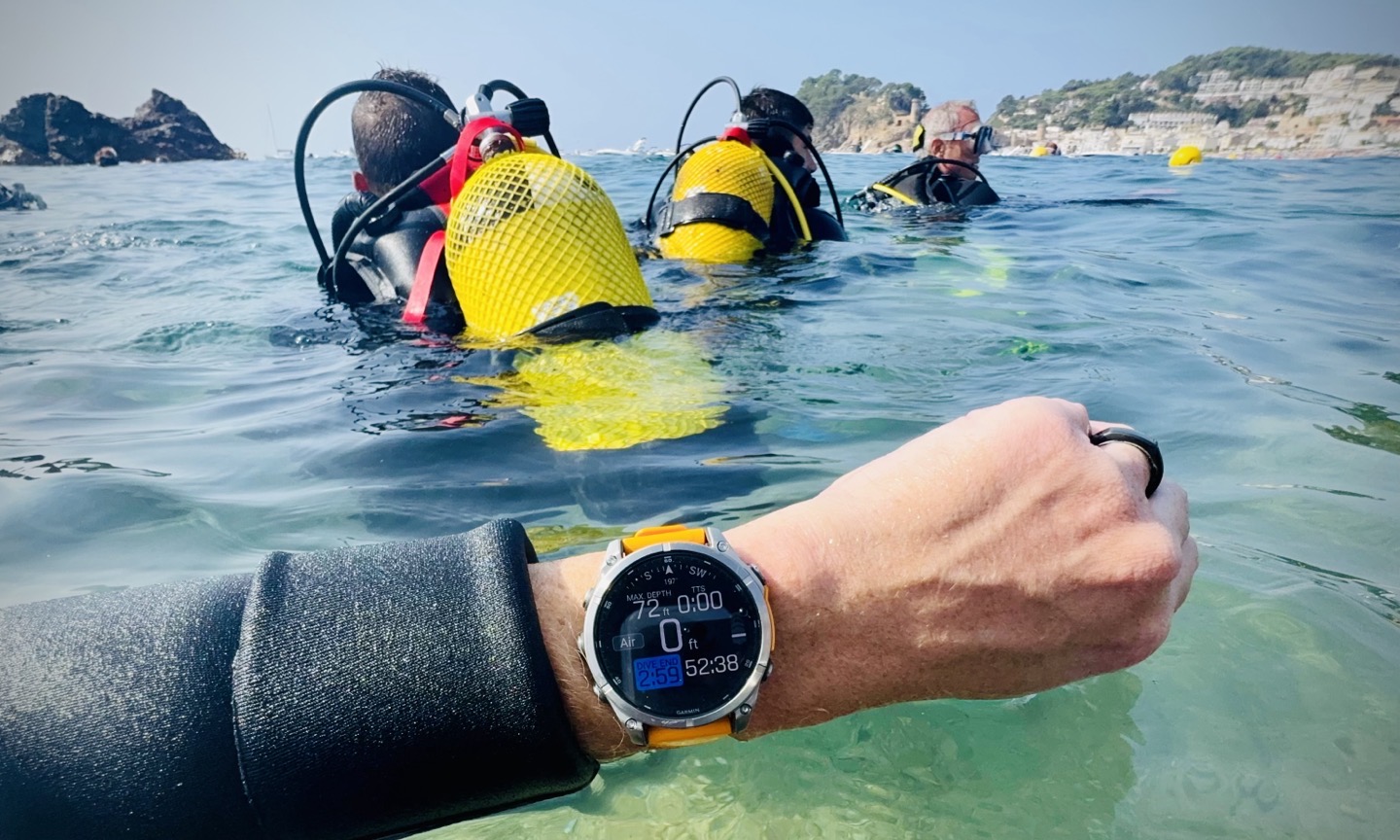
This caught my eye, because it’s the curiously kinda fun aggressive Garmin we rarely see. Garmin is largely a “don’t upset the apple cart” kind of company, preferring to keep low profile when it comes to talking about competitors or drawing attention to them.
But Garmin did actually announce a new feature that lets you import in scuba logs from one of the big dive computer competitors – Shearwater, into your Garmin account. This lets you pull in almost all of the historical data from your dive logbook into Garmin’s platform. Of course, Garmin has made massive gains in the diving industry in the last few years, not just with watches, but all the connected accessories too, like underwater wireless communication systems, even floating buoys, for dive masters to divers and more.
In any case, you can follow this support article to import in your logbook from Shearwater. At present, it imports in all the things below:
The following data will be imported from a Shearwater dive file:
Time and date
What device recorded the dive
Dive time
Max. depth
Avg. depth
Average, minimum, and maximum temperature
Surface interval time (prior to dive)
Bottom time
Conservatism setting
Starting and ending tank pressureThe following data will not be imported:
Deco ceiling or stops
Gas consumption
Notes or Tags added in the Shearwater dive log
This reminds me of 2016 Garmin, which actually added a similar feature to import in your Fitbit data. That was back in the peak-Fitbit days, and Garmin really wanted to convert those customers into the Vivo lineup of devices. I have no idea if that feature still works today.
Though, when I step back, it does surprise me that Garmin hasn’t made a similar feature for pulling in data from something like Apple Health (to convert Apple Watch users). Frankly, out of all the integrations, that’s probably the one with the biggest ROI, since the user pool is the largest. Of course, any time you do these sorts of data conversions, you have to decide which data types get converted, and how they get converted. Take for example, Sleep Score (from Apple). Do you simply convert the number straight into Garmin? Or do you skip it? And then do you pull in respiration rate too, and on and on. Point is, it’s a bit more complicated than it might seem.
Garmin Kills off Sleep Mode for Focus Modes:
This has been in the Fenix 8 series betas for a long time now, so long that I forgot it finally made it to production in the last few days (week?) – and the internet is not happy. And in this case, I agree with the internet.
In short, you used to be able to manually force the Sleep Mode (which is more about killing notifications and reducing screen brightness) via the controls menu with a dedicated icon that looked like the moon. Now, you have to know that it’s under the ‘Focus Modes’ icon, which looks like…nothing…and then within that set the Sleep Mode. It achieves the same thing, but is an extra step.
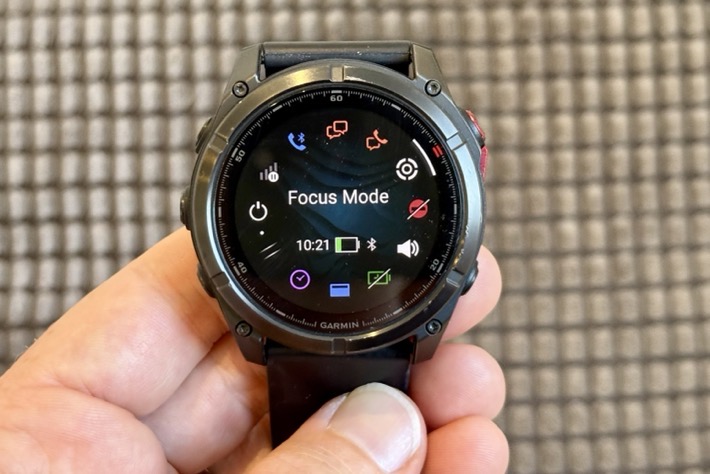
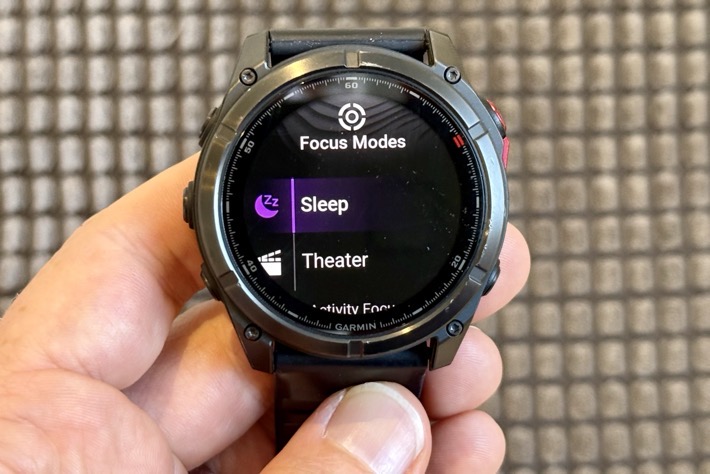
As I said up above, the first night this happened to me a long while back now, I was instantly annoyed. Why on earth did this get overcomplicated? Every other watch has a dedicated sleep button. And while I appreciate the theory behind focus modes, they still seem to fall short. Take for example, the default ‘Theatre’ mode they added. Have you actually tried that with the Fenix 8 MicroLED? It doesn’t change the brightness level at all. So while it turns off notifications, it’s still incredibly overkill bright on your wrist in the theater (just as it is on a redeye flight, or any number of other scenarios).
I feel like a simple compromise here is to just let us still have the dedicated control option for Sleep mode that we can add. Right now, that control option has been removed entirely.
Garmin Introduces Peloton Integration:
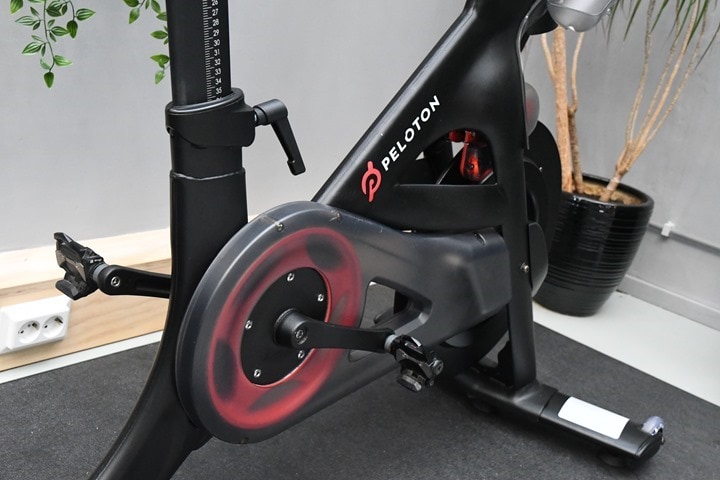
Garmin has introduced a long-rumored connection between Peloton and Garmin. And by ‘rumored’, I mean, the CEO of Peloton accidentally mentioned it during a tech conference like 6 months ago.
In any case, the integration lets you sync your Garmin workouts to the Peloton platform. This is available for anyone with access to the Peloton app/devices, so it doesn’t require Peloton hardware. Upon completing a Garmin workout, it’ll push over to Peloton and count towards milestones and challenges.
Unfortunately, this sync is only one-way, and doesn’t sync back the other direction (from Peloton to Garmin). I’m honestly kinda surprised here. Certainly, Garmin has long wanted the integration to Peloton, for many years. But equally, I expected it to be bidirectional, since right now this still basically requires double-recording a workout on their watch+Peloton app/device. Whereas I’d hoped we’d see something akin to the Zwift/TrainerRoad/etc integrations in that it just pushes the completed workout back to Garmin. That’s the best consumer-facing experience for customers of the two companies. Hopefully that’s in the works down the road
Garmin Display Manager Talks MicroLED Display:
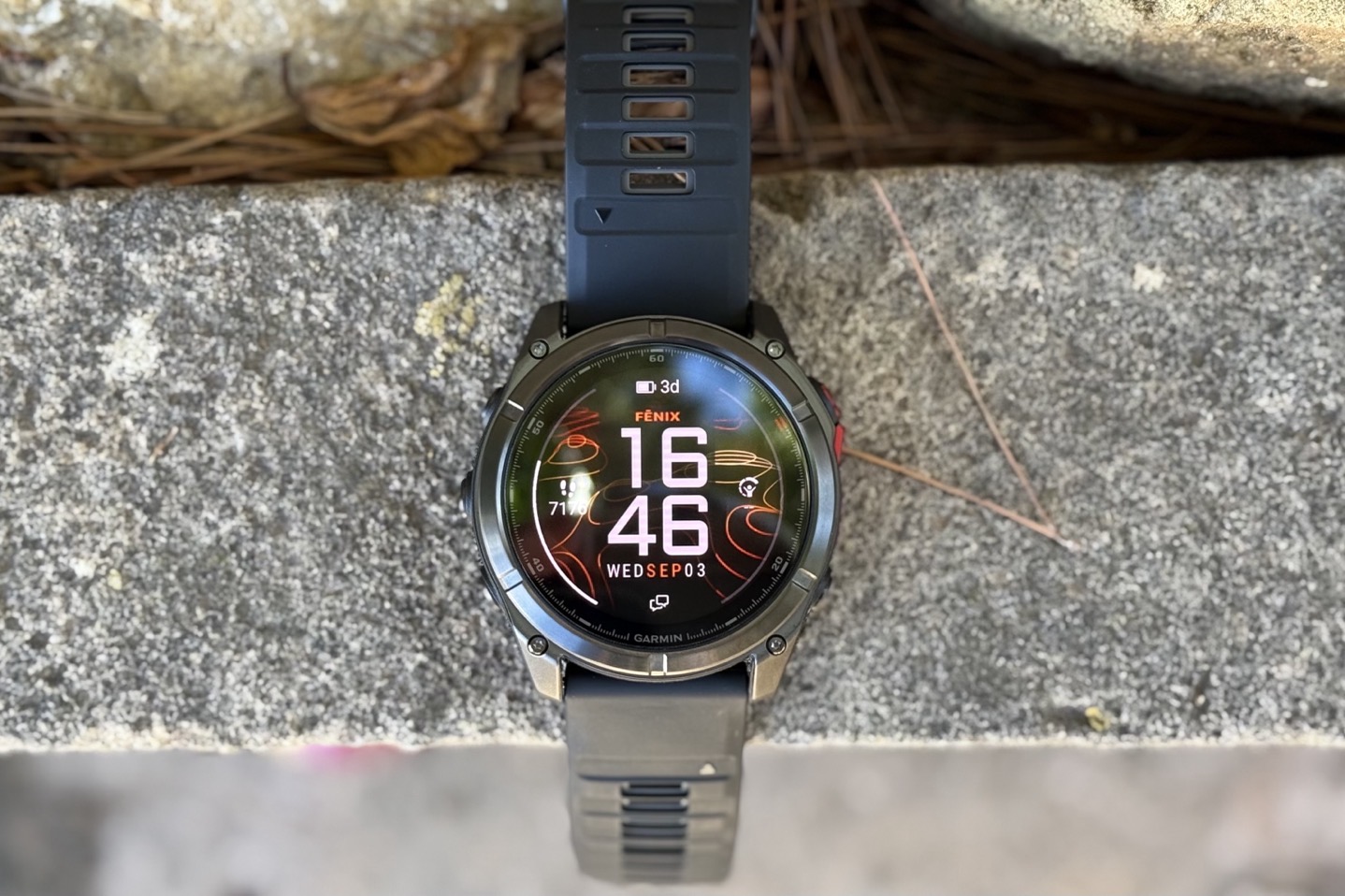
Garmin’s Display Technology Manger gave an interview to Tom’s Guide that covered some of the inside details on the new MicroLED display in the highest-end Fenix 8 Pro MicroLED variant that came back in September. The article outlined the process to become the first wearable with a MicroLED screen, as well as some of the challenges they faced.
It also outlines a bit around the largely negative reaction from consumers about the battery life, as well as where Garmin expects to go from there. As I’ve said repeatedly, while the screen is incredibly bright, at the current price point and with current battery burn rates being so high, it’s incredibly hard to recommend this over the regular Fenix 8 Pro AMOLED screens. At the same time, as we often see with technology, doing V1 of something is really the only way to get to V3/V4/V10 of something. And sometimes V1 has lots of catches.
Hopefully, as per the article, Garmin can iterate quickly to deal with the catches and we’ll see the benefits of the technology in a few years on more reasonably priced devices.
Garmin Outdoor Segment Misses Earnings Targets:
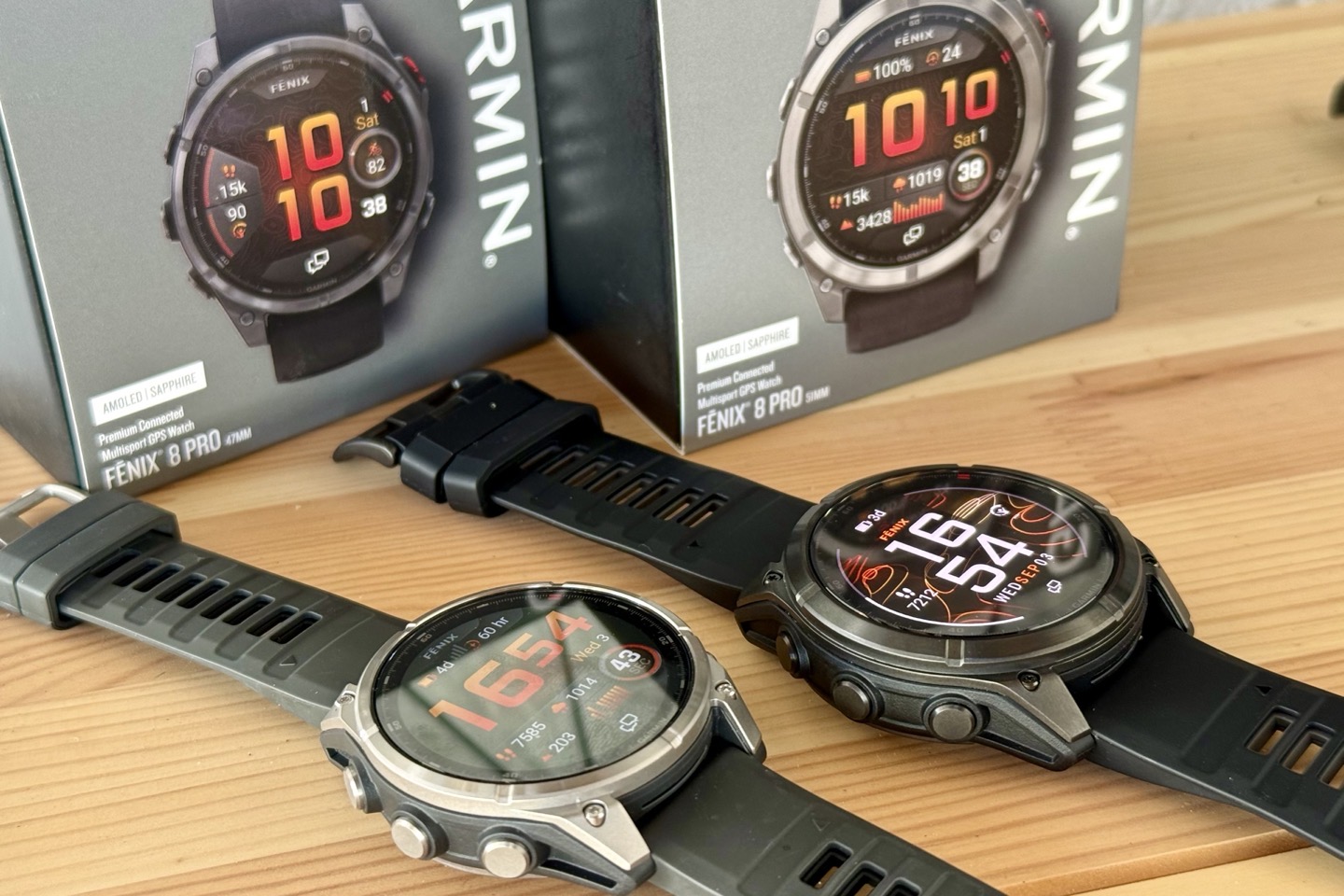
This one caught my eye, mainly because it came out of nowhere. Yes, to be clear, Garmin as a company once again performed very strongly with being up 12% year over year (YoY) to $1.8B in the quarter. For context, Garmin is basically divided up into the following segments, which report investor information in the following segments:
Fitness: Forerunner, Venu, Edge, Tacx, etc… [Q3 up 30% YoY to $601M from $463M]
Outdoor: Fenix, Instinct, inReach devices, etc… [Q3 down 5% YoY to $497M from $526M]
Aviation: Things that fly [Q3 up 18% YoY to $240M]
Marine: Things that float [Q3 up 20% YoY to $267M]
Auto OEM: Things that neither fly or float (Q3 down 2% YoY to $164M]
During the Q3 earnings/investor call, Garmin announced that the Outdoor segment revenue fell by 5%, and they’d be adjusting their full-year expectation to 3% growth (from a planned 10%), which is a huge drop.
On the call, this was immediately questioned by investors. In fact, the first question and a number that followed, kept picking at this. I’ve included some of the relevant answers below (you can read the full transcript here):
[As part of prepared investor statement]: “delivering back-to-back years of double-digit revenue growth has been more challenging than originally anticipated following the one-year anniversary of the highly successful product launches in this segment, most notably the Fenix 8.” – Cliff Pemble, CEO
////
[In response to investor question about reduction of Outdoor full year guidance]: “The Fenix 8 Pro did launch fairly late in Q3, so it didn’t have a lot of time to make an impact. And the results from the Fenix 8 release last year were incredibly strong. And so, I think that those are all factors as we look at the back half of the year that we’re thinking that maybe our expectations were a little bit too high to begin with.
If you look at the long term, over several of these major launches, like the Fenix 7 to Fenix 8 and now to Fenix 8 Pro, the overall growth of our watch category has been strong double digits and also ahead of the market. And so we feel like in the long term view that these devices and the outdoor segment in general have been remarkable performers.”- Cliff Pemble, CEO
/////
[Regarding upcoming guidance around]: “Let me kind of give a start out with the gross margin, maybe first of all, the year over year on Q3. You know, that is lower due to higher product costs. Part of that is relating to tariffs. Another thing relates to our strengthening of the Taiwan dollar, which does impact our cost of goods sold. As Cliff mentioned, you know, there’s the warranty accruals in the prior year period sales. And that’s partially offset by some favorable FX on sales due to the weakening US dollar.” – Doug Boessen, CFO
While digging around, I did find this tidbit from the Q2 (July 30th) earnings call that I thought was interesting, where Garmin noted that none of the wearables were being tariffed at that time:
“Our tariff estimate is lower now today than it was in April, primarily because of changes in some of those tariffs as well as not having a tariff on wearables. From that standpoint. And that’s really offset, you know, on the gross margin line item by unfavorable impact on our gross margin due to the strength in the Taiwan dollar, which will increase our product costs that we have.”
I’ve talked about this in the past, but in short, there’s an exemption in place that covers wearables and phones specifically, ostensibly to protect Apple revenue, but the way it’s written, others get to take advantage of the exemption.
But back to this quarter’s earnings call, there were some interesting exchanges regarding subscription revenue for Bounce & Garmin Fenix 8 Pro products, where basically Garmin said straight up that if you buy those products, they expect you’ll also buy an LTE/etc subscription too (and that their numbers support this).
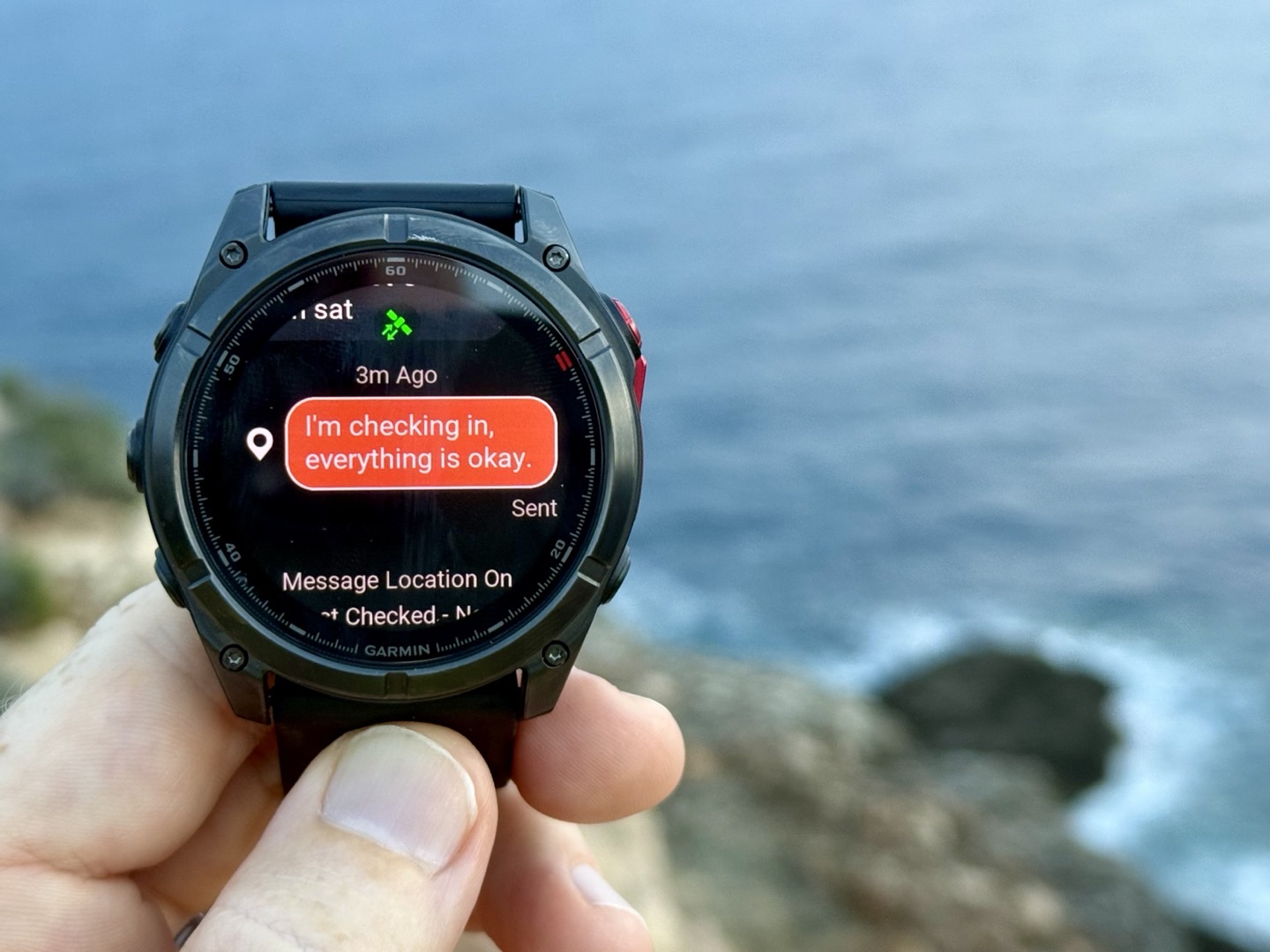
Garmin also noted that they plan promotional activity in Q4, as they do every year. Typically, we see that start any day now. In the earnings call, Garmin’s CEO said “I’d say they’re in line with what we’ve seen in previous years”. Looking at REI’s just-released sale catalogue, it appears Garmin is doing $250 off the Fenix 8 series (not Fenix 8 Pro, though). That’s in line with past years.

(Inside Garmin’s massive distribution center in Olathe, KS)
Still, it’s hard to know what to think of this. Simply put, being outside of Garmin, we don’t really have good product-specific data to know for sure if the Fenix 8 Pro is selling well or not. It’s worthwhile noting that the Garmin Fenix 8 (non-Pro) was released and available for purchase on August 27th 2024, whereas the Fenix 8 Pro was announced a week later this time, on September 3rd, 2025. But with Garmin’s new structure on how they do product releases, retailers didn’t know about it prior (nor can book orders earlier like they used to), and couldn’t sell that for nearly yet another week later, until Sept 8th, 2025. In terms of missing earnings by 5% in a quarter, those two factors alone could easily account for the gap. So in one sense, yes, the dust can eventually settle.
But, if it was merely a case of the dust settling a week or so later, then Garmin wouldn’t have adjusted their full-year guidance downwards to 3% growth from 10% growth (per their Q2 earnings call on July 30th when they re-affirmed the 10% growth figure). Especially when you remember that Q4 includes the holidays, known for strong revenue. To put things in context, the Outdoor segment’s full year 2024 revenue was $1.96B, a 16% increase over 2023. Thus, going from 10% growth (to roughly $2.16B), down to 3% (roughly $2.02B), means a shortfall of roughly $150M from the Outdoor segment. Or approximately three Fenix 8 Pro MicroLED watches.
I’ve gotta imagine that the underlying price of the Fenix 8 Pro is driving some of this. As the world has collectively noted, it’s gotten pretty crazy. And I wonder if things are reaching the breaking point there, and that’s starting to show. Heck, a 7% drop in guidance could be attributed alone to female and other small-wristed buyers not having a Fenix 8 Pro option to even buy. My wife won’t buy it for purely that reason (despite otherwise really wanting it for the LTE connectivity on solo runs).
All of which sets aside the reality that most other sports tech companies have had relatively minor US price increases (such as Wahoo), with the remainder of Garmin’s other competitors have largely kept pricing in check or exactly the same (notably Apple and Google kept pricing identical, and Samsung/Suunto/COROS with very minor tweaks).
In fact, back in July’s earnings call, there was this interesting exchange that’s worthwhile noting:
Erik Woodring from Morgan Stanley: “…we’ve seen Garmin Ltd. make some relatively significant price hikes across a number of different kind of smart wearable products over the last, let’s call it year, year plus. What have you learned about the elasticity of demand of your customer base? And how does that inform your or Garmin Ltd.’s ability to maybe take more price in the future? How should we think about the relative pricing power of the consumer wearables business, please? Thank you.
Cliff Pemble [Garmin CEO]: “Well, I probably take exception to significant price hikes in the past year. What we’ve done is we’ve introduced new product lines with new features that can command a higher price point because they do more for the customer. So we aren’t necessarily, you know, moving prices on existing categories, products, and existing SKUs. We’re doing innovation. We’re unique products, innovation is something that customers always love. And we’ve been successful in doing that. In terms of elasticity, you know, I think when we introduce a product at the higher end, our strategy is to continue to push and promote the products that it overlaps with and ultimately replaces.
So we have a one-two strategy where we can promote products that have been in the market a while and play on the value side while at the same time offering new products with innovation and at higher price points.”
There are two interesting factors here. First, there is the very clear outlining of the fact that Garmin sees its previous-gen products as the ‘budget’ option for consumers who aren’t going to spend substantially more on the latest model. Garmin has long adopted this strategy, and we of course, see it in full color during the holidays (likely to our benefit as consumers, as usual).
However, the second piece that caught my attention here is trying to imply that Garmin hasn’t increased prices. Let’s be clear, all of their product lines in 2025 saw substantial increases in prices, far more than they’ve ever historically done. Every new product gets new features, else…ummm…it wouldn’t be new. So to say that a successor product inherently has to have a price increase seems problematic, since many of Garmin’s products saw minor price increases historically. For context, pricing on the Venu series:
Garmin Venu 1: $399 (Sept 2019)
Garmin Venu 2: $399 (April 2021)
Garmin Venu 2 Plus: $449 (Jan 2022)
Garmin Venu 3: $449 (Aug 2023)
Garmin Venu 4: $549 (Sept 2025)
For reference, the Apple watches have remained virtually identical in price since introduction (only a $50 price increase since the original Apple Watch 1 in 2015 at $349, to now at $399). And the Google Pixel watch has remained with a base price at $349 since its introduction.
Likewise, looking at the Fenix series, showing the least expensive model available in the 47mm/middle size, trying to normalize/detail model changes (e.g. MIP to AMOLED) where possible.
Fenix 1: $349 (July 2012)
Fenix 2: $399 (Feb 2014)
Fenix 3: $499 (Jan 2015)
Fenix 3HR: $549 (Feb 2016)
Fenix 5: $599 (Jan 2017)
Fenix 5 Plus: $699 (June 2018)
Fenix 6: $599 (Aug 2019 – Yes, the price actually went down from 5 Plus)
Fenix 7: $699 non-Solar, $799 Solar, $899 AMOLED (Jan 2022)
Fenix 7 Pro: $799 Solar/$899 AMOLED (May 2023)
Fenix 8: $999 AMOLED (Aug 2024)
Fenix 8 Pro: $1,199 AMOLED (Sept 2025)
The point is, the last year has seen the biggest jumps in price to date in the Fenix lineup. And I’m not saying the new inReach technology isn’t cool, or the other new features that came with it over the last year. Seriously, it is. But looking historically, all of those Fenix’s had cool new features and functions at the time…which didn’t seem to require a $400 price hike in the past two years.
Certainly, Garmin can point to the success of the Fitness segment when it comes to price increases and show that it’s working (financially). But those products are roughly half the price of a Fenix 8 Pr, and perhaps the price increase math doesn’t scale anymore above a certain price point. Or, maybe we’ll find ourselves on the February call, and somehow it’ll have worked out. And that ignores the fact that the Fitness Segment is far more diversified in terms of products (including all of Tacx, all the Venu/Vivo/etc bits, all Forerunner, all Edge cycling, all power meters, etc…).
Either way, I found it all interesting…and now that I’m thoroughly distracted from finishing the editing on the backlogged reviews of said products, I’ll end things.
With that – thanks for reading!
FOUND THIS POST USEFUL? SUPPORT THE SITE!
Hopefully, you found this post useful. The website is really a labor of love, so please consider becoming a DC RAINMAKER Supporter. This gets you an ad-free experience, and access to our (mostly) bi-monthly behind-the-scenes video series of “Shed Talkin’”.
Support DCRainMaker - Shop on Amazon
Otherwise, perhaps consider using the below link if shopping on Amazon. As an Amazon Associate, I earn from qualifying purchases. It doesn’t cost you anything extra, but your purchases help support this website a lot. It could simply be buying toilet paper, or this pizza oven we use and love.







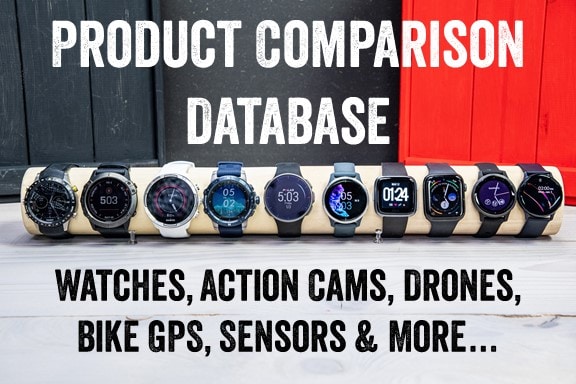
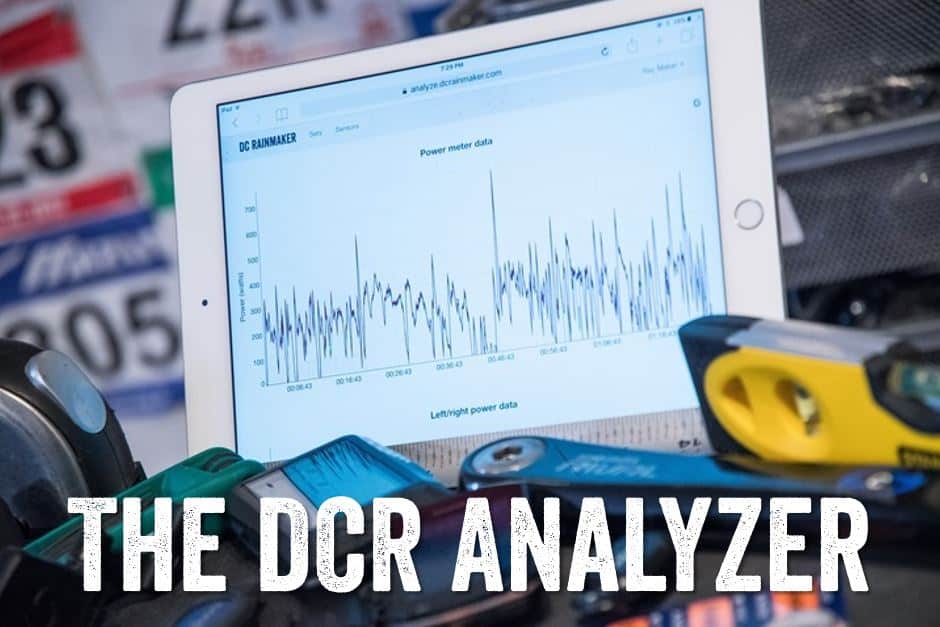



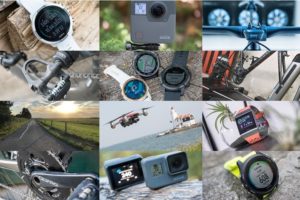




Thanks for the analysis on the price hikes. Agree completely with your pushing back on Pemble’s framing.
Couple thoughts, the first somewhat minor:
1) not totally clear to me what Garmin distinguishing between “fitness” and “outdoors” accomplishes? Are EDGE cycling computers not “outdoors”? A lot of the fitness products get used outdoors. What is the point here? And if there is weakness in the outdoors segment, maybe they’ll be folding that in with fitness to mask that?
2) on the question of why Garmin is price hiking in the outdoor category, and Apple et al are not, I wonder how much of this is gross margin pressure due to increasing direct head-to-head competition with the Apple juggernaut.
The CFO calculation at Garmin may be something along the lines of: “better to sell fewer units and maintain gross margins, that grow revenue as much”?
Apple’s free bundled satellite service has gotta be putting growing pressure on In-Reach (and it’s also very expensive premium service level pricing).
I think a lot of backpackers/outdoorsy folks would love to own Garmin products over Apple. But Garmin needs to remember that a lot of those folks also aren’t rich.
Fitness vs Outdoor is really just the way the divisions grew up over the last 10-15 years.
Basically, Outdoor used to be things like outdoor handhelds and such. When the Fenix 1 was introduced, it was essentially an Outdoor handheld at heart, just in a wrist form-factor. You should read my Fenix 1 review up above to see how rough it was. Super frustrating if coming from a Forerunner.
In any case, that’s the history there. All major corporations that have public facing have semi-odd ways of dividing up and obscuring revenue. Like all companies, every once in a while things move between different segments in order to make it more opaque to investors, as well as to provide more stability within a group.
For example, technically, the Auto group is now just Auto OEM. Back in 2023, Garmin merged Auto into the Outdoor group, because…well…Auto SatNav devices were doing pretty badly. Whereas now, the Auto OEM group is focused purely on integrations with various companies.
I think you mean ‘small-wristed buyers’ instead of “and other small-waisted buyers” :D
Haha…good catch.
I switched from the Fenix 5 to an Enduro 3, instead of the Fenix 8, mostly because of the price.
It was still quite a price bump.
Additionally: “attributed alone to female and other small-waisted buyers” I assume that was meant to be small-wristed.
Yeah, it’s funny. The Enduro 3 is actually the counter-example to a super well priced product. Perfectly priced, and is essentially a Fenix 8 base for the same price as previously.
The problem is, one can only explain it so many times to consumers. Meaning, I think it’s the best deal if you want a MIP-bsaed display option in that size. But it’s kinda hard at every single recommendation interaction to say “But actually, if you don’t care about scuba and voice or LTE, and don’t want AMOLED, then maybe the Enduro 3 is the best deal for you, since it’s all the software features of a Fenix 8, just with longer battery life. Oh, and it’s only available in one size.” Somehow, that doesn’t really convey super quickly.
> Take for example, the default ‘Theatre’ mode they added. Have you actually tried that with the Fenix 8 MicroLED?
I’m, for one, very happy for this Theatre mode. Because now I can configure it separately from my sleep mode. Sure, by default it inherits the ridiculous default setting, but since it’s a separate focus mode, you can also configure it separately. For example, my Theatre mode configuration on FR970 retains whatever watchface is set (instead of switching to the simplified “sleep face”), retains the touchscreen settings but enables Red Shift and disables AOD.
Of course, I would very much prefer Garmin to let us have a quick access to different focus settings in the controls section instead of making us go into the Focus menu first, but it’s a good first step.
I love Theatre mode on Apple Watch and seeing Garmin introducing the same thing is a very welcome improvement.